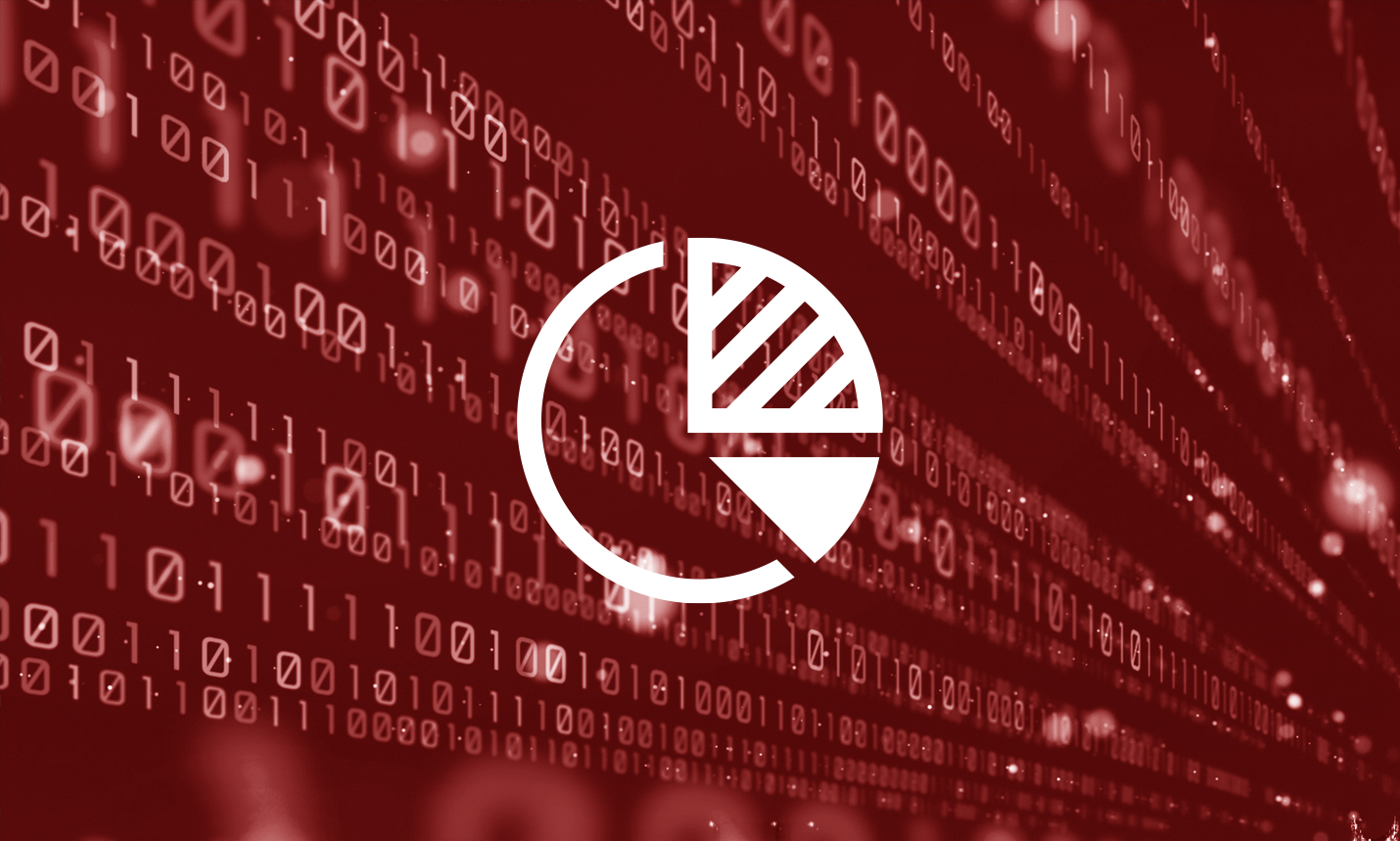
Hyper-converged infrastructure (HCI) has been gaining popularity as a way of simplifying IT environments. Solutions in this area are already finding their place in the context of scale out storage, desktop virtualisation and the creation of flexible cloud-like platforms to support the ‘service provider’ IT delivery model. Whatever the use case, a frequent question is whether the data protection functionality built into HCI systems is adequate to meet business needs. Most often the answer is ‘no’, so the question then becomes how best to manage data-related risks. Protecting an appliance with another appliance is an option to consider.